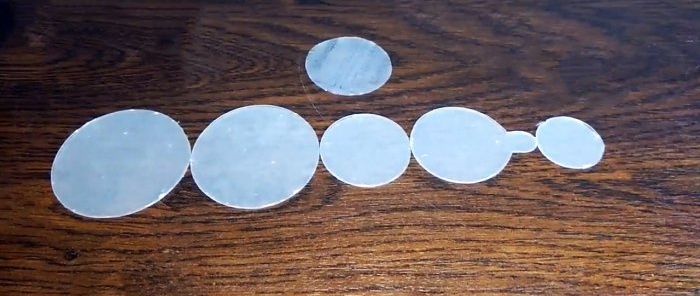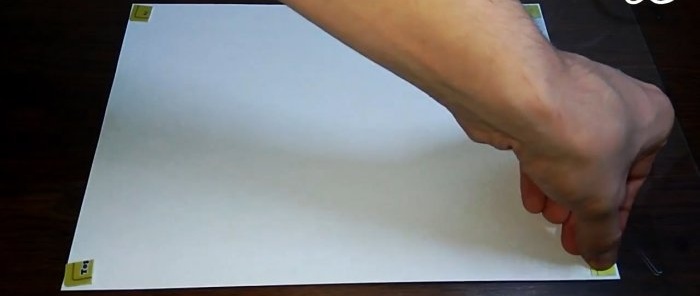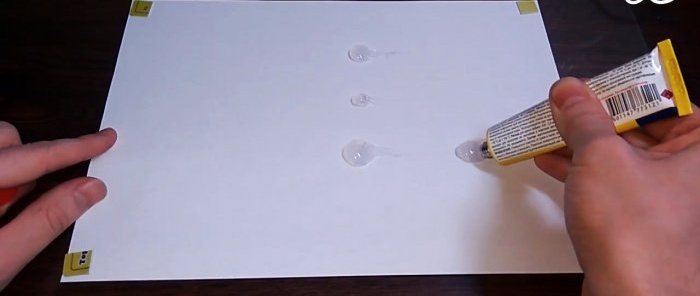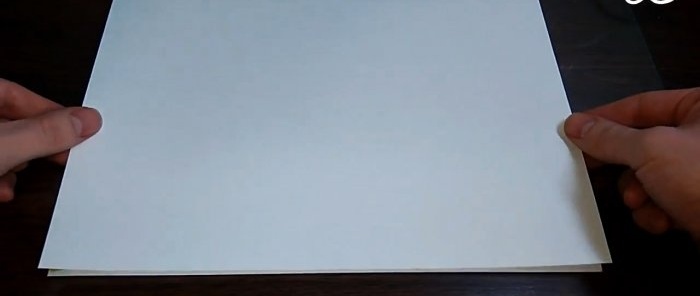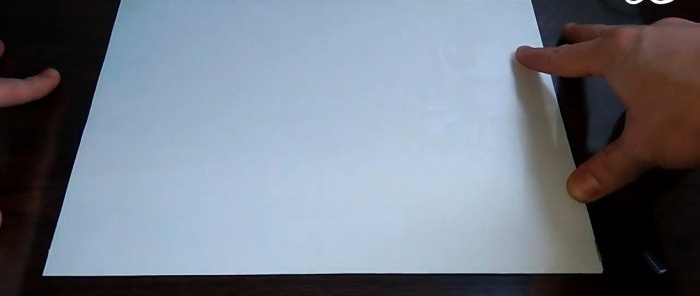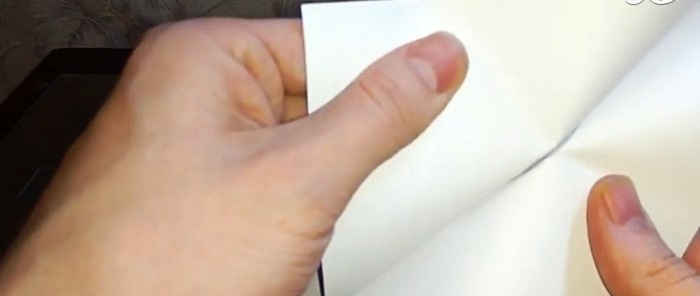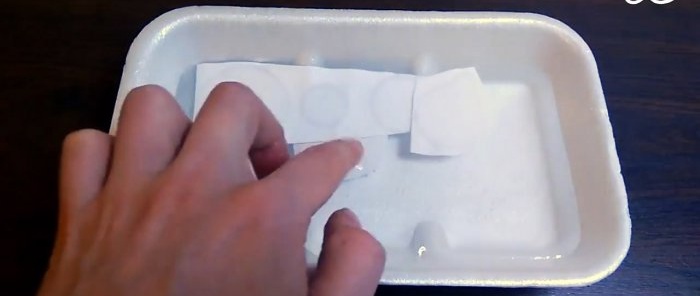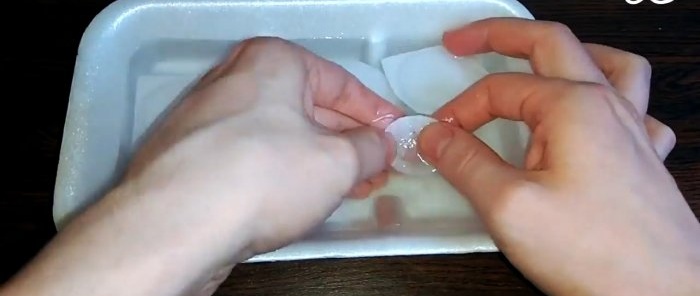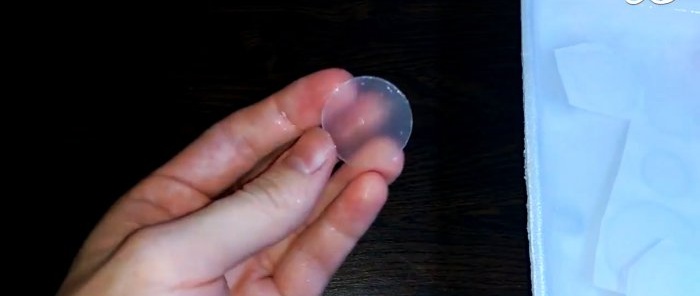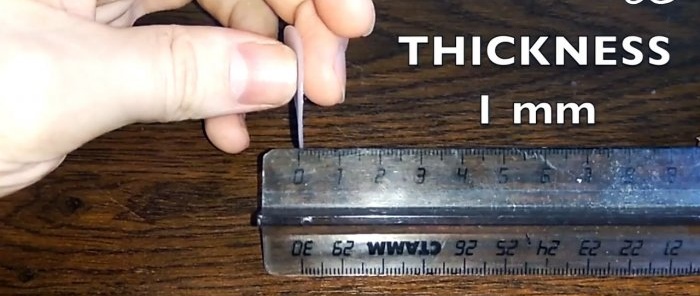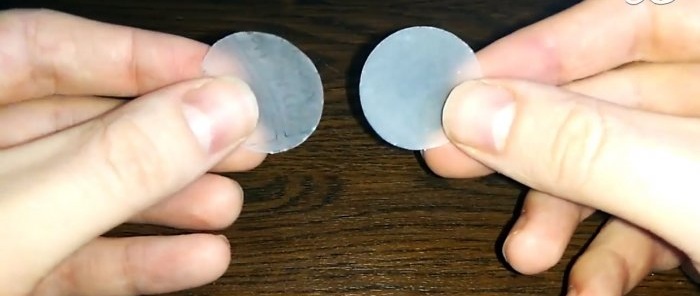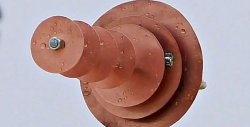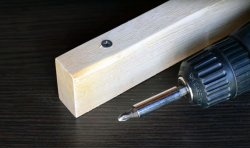How to make a silicone gasket or membrane at home
When repairing various connections, it may be necessary to replace a gasket of a non-standard size, which is difficult to find in a regular store. Faced with such a difficulty, you can simply buy silicone sealant and make a gasket of any complexity from it yourself. The advantages of silicone gaskets are their frost resistance and heat resistance ranging from -60 to +300 degrees Celsius, so they are suitable almost everywhere.
Glass is placed on a tabletop or other flat surface and covered with a sheet of paper. A limiting pad is placed in the corners, having the same thickness as the pad that needs to be obtained.
Then the sealant is squeezed onto the paper. If round small gaskets for plugs, a membrane for a compressor or a respirator are required, then silicone is poured into one point.
After this, it is covered with a second sheet of paper and glass.
The top glass, due to its mass, flattens the sealant and falls onto the previously laid linings.
After 3 hours, you can remove the glass and cut out the frozen silicone along with the paper stuck to it.
Then the blanks are soaked in water for 1 hour.
When the paper gets wet, wash the gaskets with your fingers. The softened paper rolls easily, leaving clean pads in your hands. All that remains is to cut them with scissors, giving them the required diameter or shape.
If glass is not available, you can use a business card or plastic discount card instead. Sheet material must be laid underneath, and any object with a flat bottom can be used to press down on top. If you do without pads limiting the thickness, then the cross-section of the finished gasket will be approximately 1 mm. Minimum thickness - 0.5 mm.
If you need to make a complex gasket, you must first draw it on paper, and then squeeze out the silicone along the drawn contour. After drying, it is cut from the stuck together sheets with a blade, and then washed.
Silicone can be used to make gaskets for almost any connection. If the product will come into contact with food or drinking water, then a food or aquarium sealant must be used for its manufacture. A homemade gasket seals the joint well, it can be used many times, it is not corroded by gasoline, and most importantly, it does not become hard and brittle.
What you will need:
- silicone sealant;
- 2 sheets of paper;
- 2 sheets of glass;
- lining corresponding to the thickness of the required padding (business card, washers, cardboard, discount card, etc.).
Making a gasket
Glass is placed on a tabletop or other flat surface and covered with a sheet of paper. A limiting pad is placed in the corners, having the same thickness as the pad that needs to be obtained.
Then the sealant is squeezed onto the paper. If round small gaskets for plugs, a membrane for a compressor or a respirator are required, then silicone is poured into one point.
After this, it is covered with a second sheet of paper and glass.
The top glass, due to its mass, flattens the sealant and falls onto the previously laid linings.
After 3 hours, you can remove the glass and cut out the frozen silicone along with the paper stuck to it.
Then the blanks are soaked in water for 1 hour.
When the paper gets wet, wash the gaskets with your fingers. The softened paper rolls easily, leaving clean pads in your hands. All that remains is to cut them with scissors, giving them the required diameter or shape.
If glass is not available, you can use a business card or plastic discount card instead. Sheet material must be laid underneath, and any object with a flat bottom can be used to press down on top. If you do without pads limiting the thickness, then the cross-section of the finished gasket will be approximately 1 mm. Minimum thickness - 0.5 mm.
If you need to make a complex gasket, you must first draw it on paper, and then squeeze out the silicone along the drawn contour. After drying, it is cut from the stuck together sheets with a blade, and then washed.
Silicone can be used to make gaskets for almost any connection. If the product will come into contact with food or drinking water, then a food or aquarium sealant must be used for its manufacture. A homemade gasket seals the joint well, it can be used many times, it is not corroded by gasoline, and most importantly, it does not become hard and brittle.
Watch the video
Similar master classes
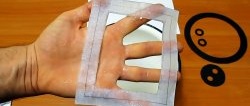
How to make silicone gaskets of any shape for any need
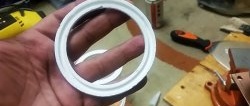
How to make and quickly dry a silicone gasket

How to make a silicone gasket for any container
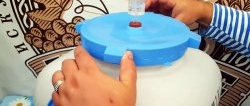
How to quickly make a gasket for a plastic container
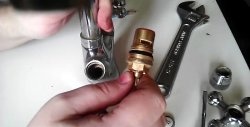
Repair of axle box crane without replacement

How to use silicone sealant from a tube without a gun
Particularly interesting
Comments (1)

